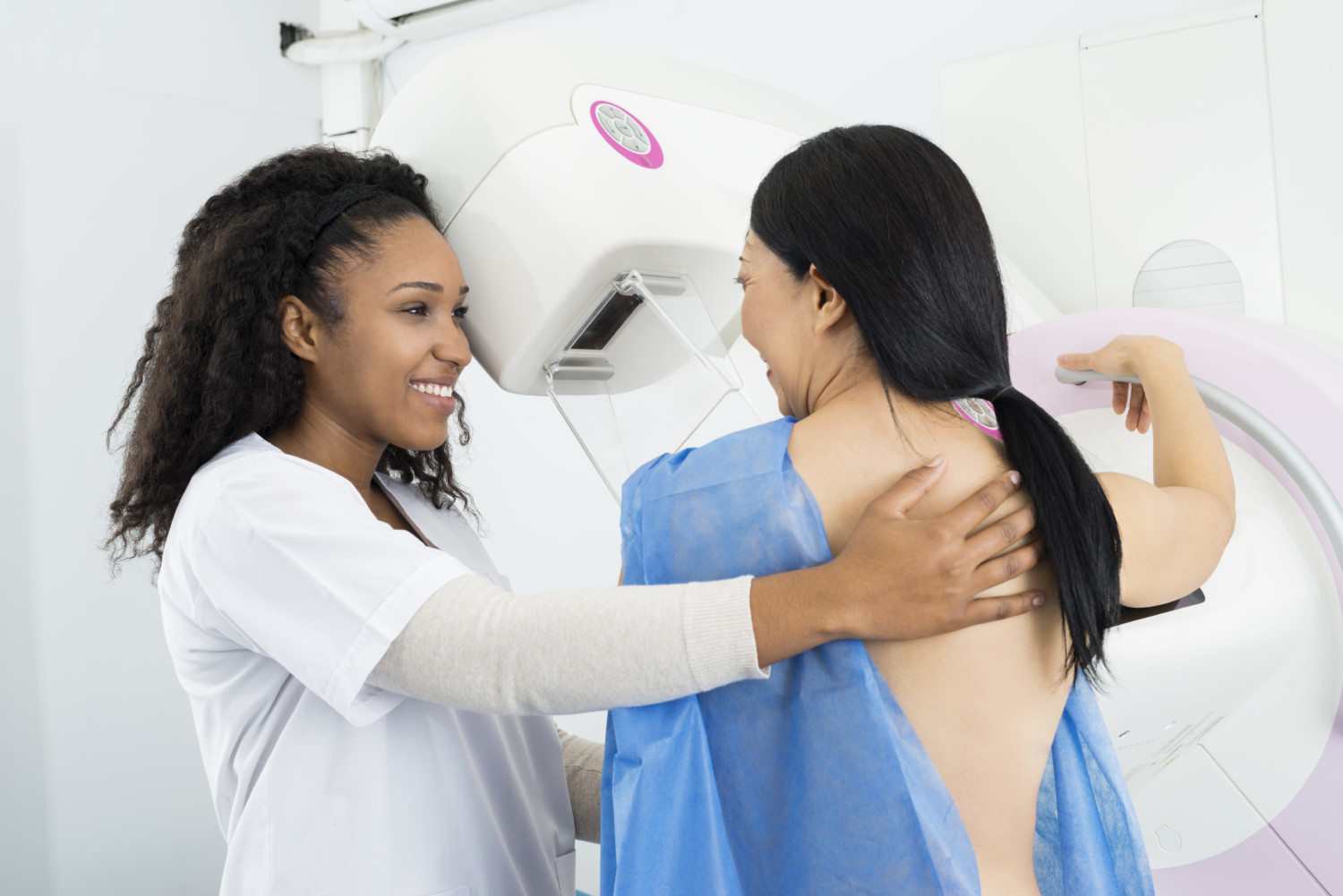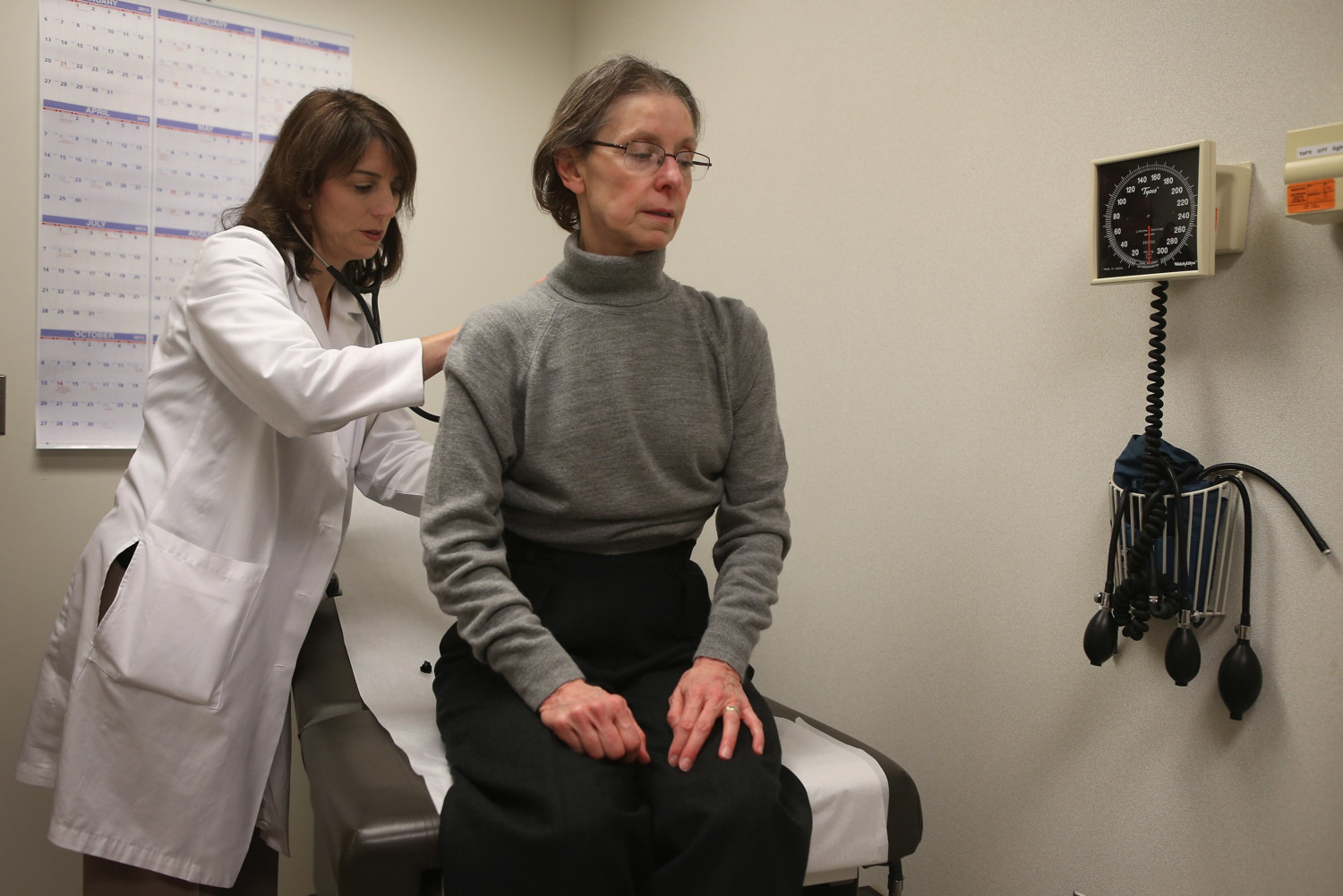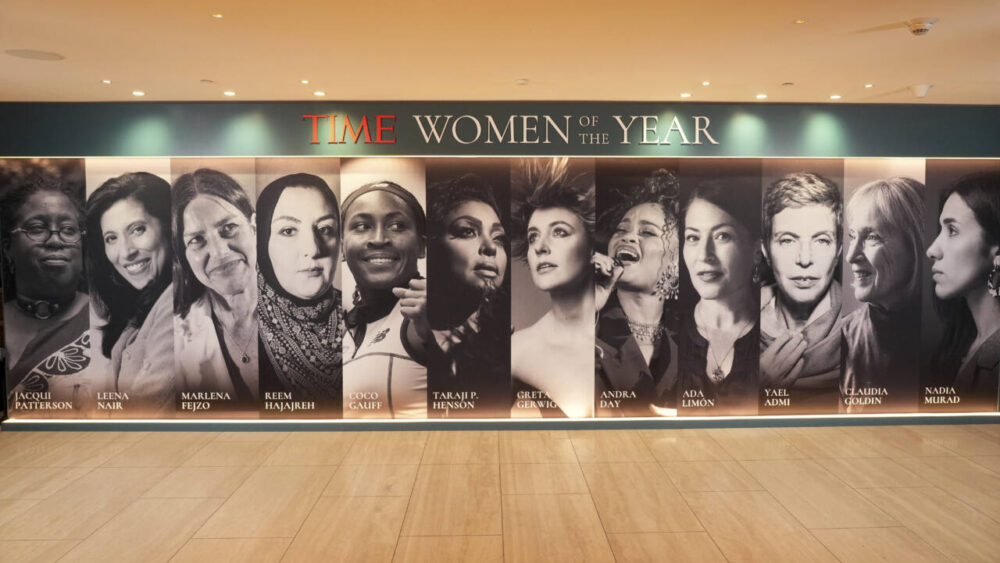Women now make up the majority of medical students in the U.S. for the first time in history

For the first time in history, more women than men are poised to become doctors. According to an announcement from the Association of American Medical Colleges (AAMC), women now comprise 50.5% of all medical school students in the United States. That number has grown from 46.9% in 2015. This is out of a record 53, 371 students applying to medical schools in 2019.
In addition to the increase in female medical students, this year’s data indicates that there have also been slight increases in the number of racial and ethnic minority students in U.S. medical schools. Single digit percentage increases have been recorded in applications from several historically marginalized groups.
In 2019, applicants who are of Hispanic, Latino or Spanish origin increased 5.1% to 5,858, and graduates from this group grew 6.3% to 2,446. The number of black or African American applicants rose 0.6% to 5,193, while matriculants (those who end up enrolling) increased by 3.2% to 1,916. American Indian or Alaska Native applicants also grew by 4.8% to 586, while graduates in that group rose 5.5% to 230.
“The steady gains in the medical school enrollment of women are a very positive trend, and we are delighted to see this progress,” David J. Skorton, MD, AAMC president and CEO, said in the press release. “However, the modest increases in enrollment among underrepresented groups are simply not enough. We cannot accept this as the status quo and must do more to educate and train a more diverse physician workforce to care for a more diverse America.”
An August 2019 study published in the journal JAMA Network Open found that female physicians are more likely than their male counterparts to either downgrade to part-time work or stop working completely a few years after beginning to practice. The study also showed that women are more likely than men to name family as an influence on their career decisions.
However, this may be less a result of women’s desires and more a by-product of societal expectations on women to “have it all.” Work-family conflict may be a culprit, the study’s authors noted.
“It’s very common for people to see this and say some women are just choosing to put family first — which is wonderful and a great choice for anyone who wants to make that,” Elena Frank, lead author of the study and the director of the University of Michigan’s Intern Health Study, said in a statement earlier this year. “But in reality, what we’re seeing is that often there isn’t choice. Medicine has a big opportunity, and really, an obligation to set an example for how to support women and families.”
This is good news, especially since there’s evidence that both men and women do better healthwise when they see female physicians. For women, that may be in part because symptoms of disease or illness in women are often not the same as men’s, yet medical doctors are trained to diagnose men’s symptoms.
For those reasons, it’s great to see more progress in reducing the gender and racial disparities within the medical profession.







